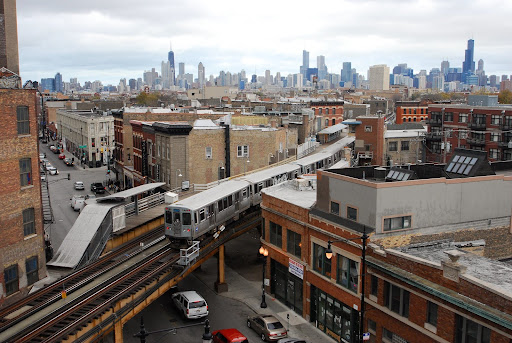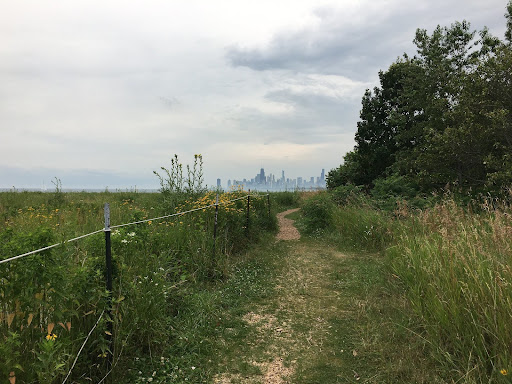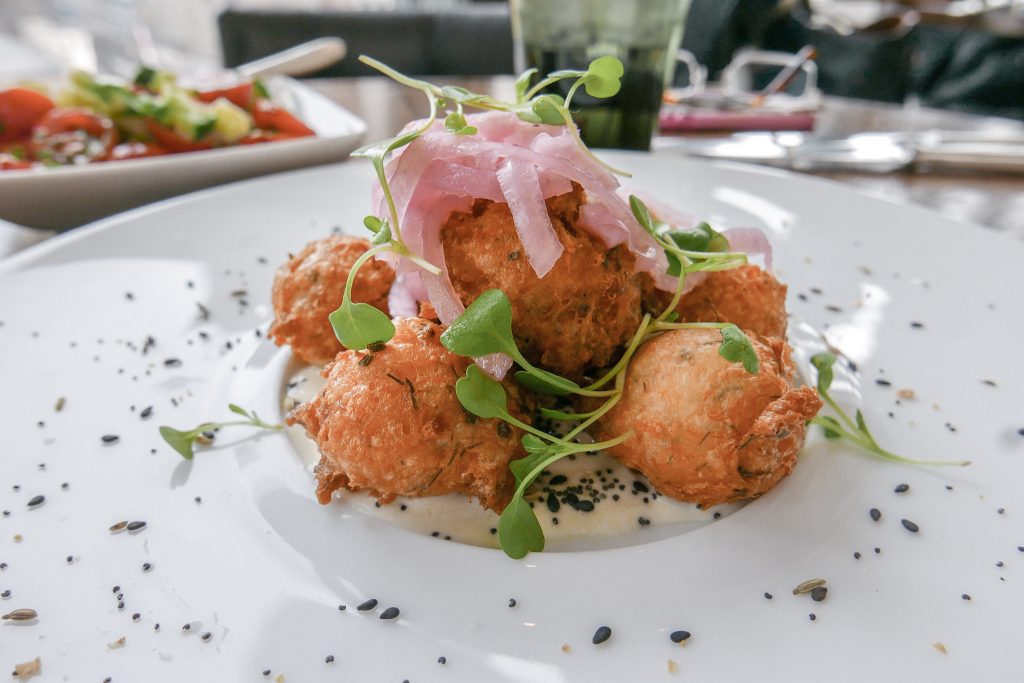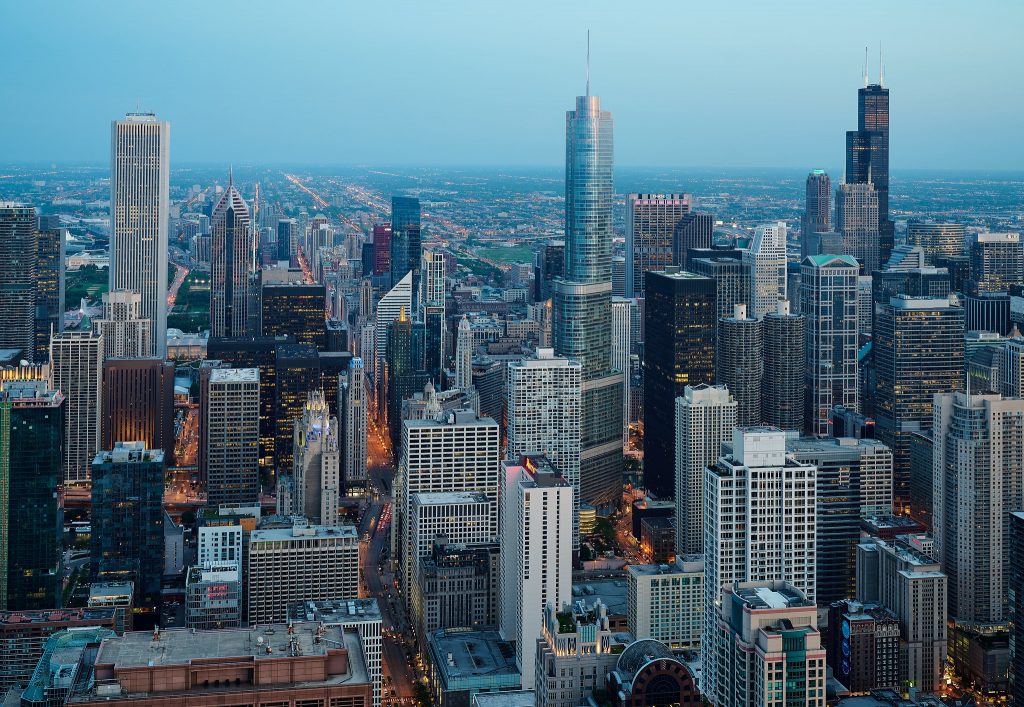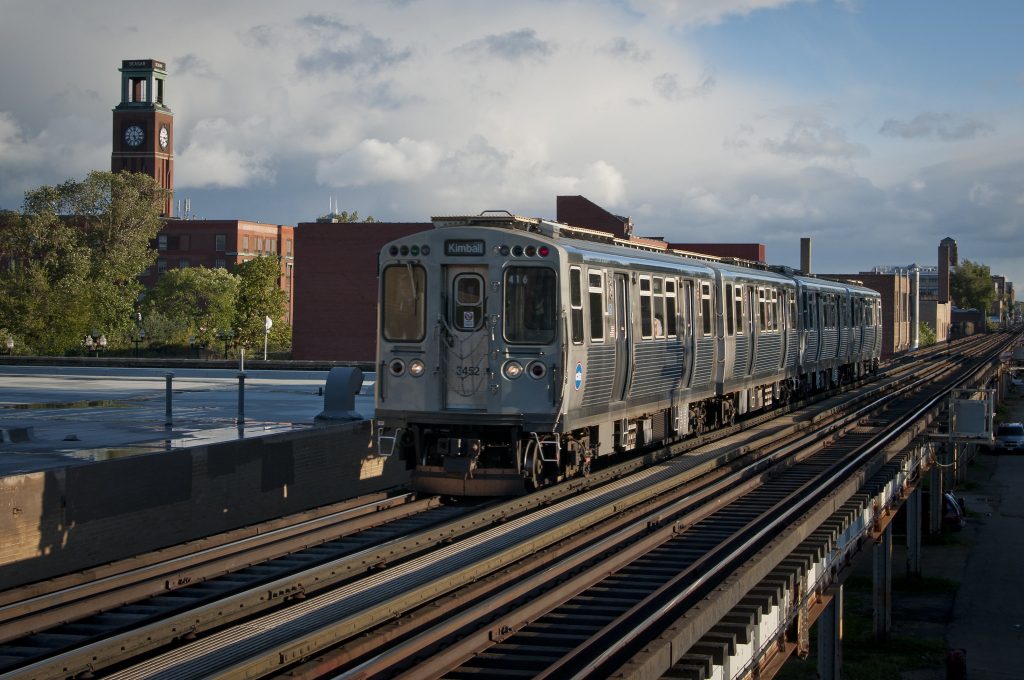Neighborhood Spotlight: North Lawndale
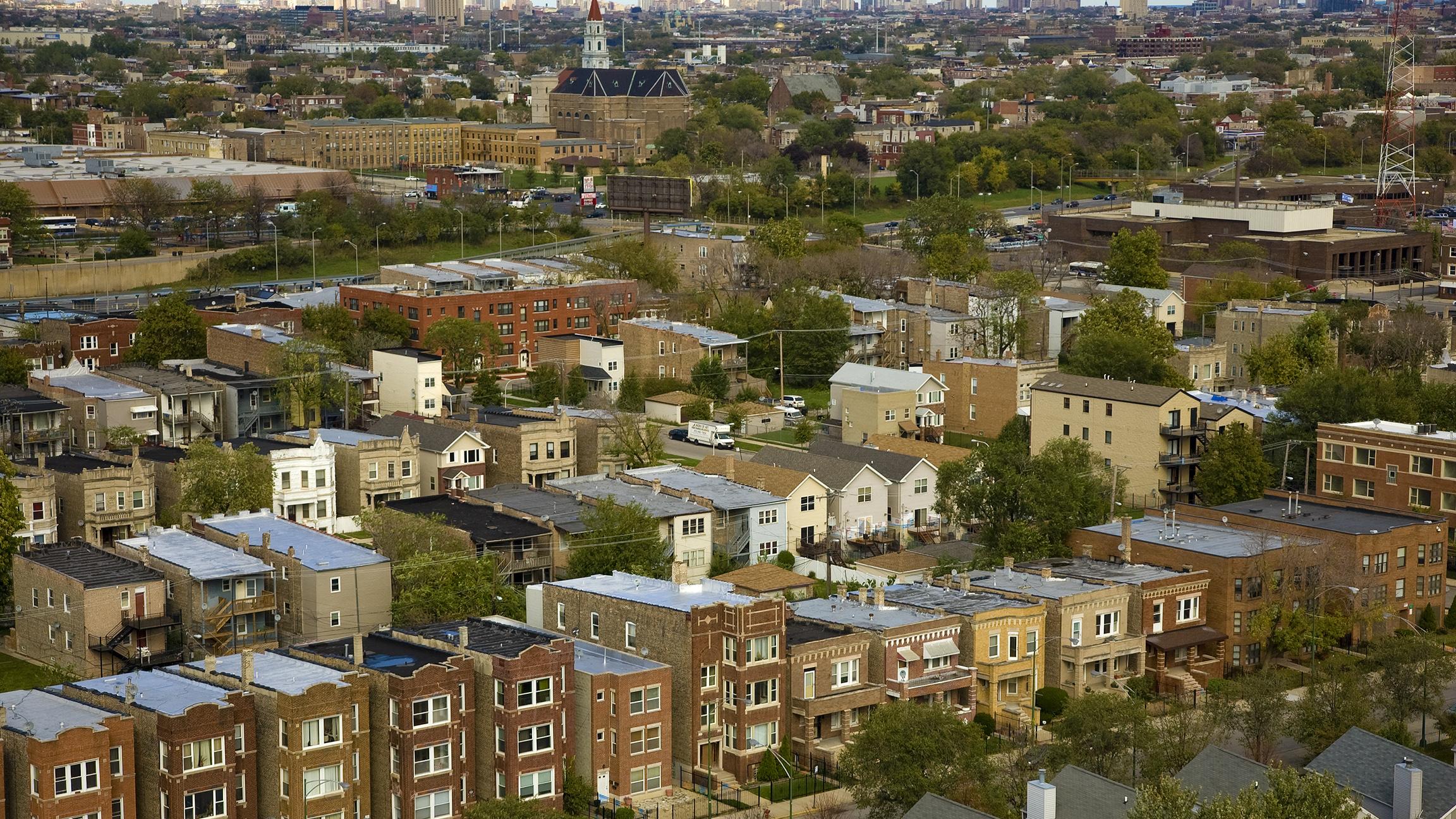
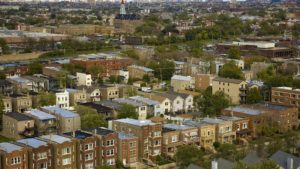
As one the most architecturally eccentric and socially complex neighborhoods in Chicago, North Lawndale boasts a deep rooted history. Today, with its profound cultural personality and deep roots, the North Lawndale community is making great strides to revitalize and restore every aspect of its historical importance and character within the context of modern urban life.
A Historical Marvel
In the late 1800s, a local real estate investor coined the name “Lawndale” for this community.
The name was intended to distance this emergent development from the bustle and noise of the city. In spite of these intentions, the neighborhood quickly became urbanized with the influx of nearby industry and people who worked in close proximity to the factories and commercial establishments. And it was during the 1960s that African American residents began moving into North Lawndale, leading to a period of time when white residents relocated to other neighborhoods or suburban areas. Racial tensions, poverty and rising unemployment among African American residents eventually led Dr. Martin Luther King, Jr. to choose North Lawndale as the base for the civil rights movement in the North. He moved into an apartment in the community in 1966 to bring attention to the local building policies.
As the neighborhood stretches beyond the legacy of massive disinvestment and inattention, it is taking huge strides to rebuild through rich, widespread community engagement and reconnecting to longstanding neighborhood pride — in part by empowering the neighborhood’s youth.
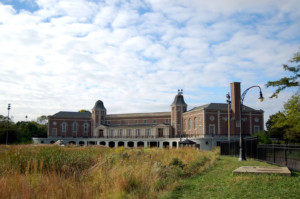
Hidden Gems
Because North Lawndale’s culture is so rich in character, community, and cuisine there are a wide array of fun spots to choose from, these are just a few of them.
To inspire youth, empower communities and build a better world one block at a time, My Block My Hood, My City seeks to provide opportunities for those to step outside their comfort zone and explore new communities, cultures, and cuisine.
- The Original Sears Tower
Nichols Tower is located in Homan Square and this Neoclassical warehouse tower was once part of the Sears, Roebuck & Co. complex. The tower famously broadcasted WLS-AM (World’s Largest Store) radio on the 11th floor. Now it serves as a community center and event space with amazing views for those visiting the Homan neighborhood.
- Douglas Park Cultural and Community Center
With acres of parkland and open green space as far as the eye can see, Douglas Park’s namesake park is home to a Cultural and Community Center that boasts many recreational activities such as; an outdoor pool, volleyball, tennis courts, miniature golf course, sandboxes, and spray pools in the summer. Inside the center you will find it sprawling with residents fond of arts and crafts, music lessons, and dance lessons.
- MLK Memorial District and Museum
The Dr. King Legacy Apartments sit near the site where King lived, now providing affordable housing for community residents. On the first floor is the MLK Fair Housing Exhibit Center, a small multi-media museum operated by Lawndale Community Development Corporation with artifacts and exhibits on the fight for fair housing.
- Greystone Houses
North Lawndale boasts the greatest concentration of greystone buildings in all of Chicago. Go down any residential street and witness the amazing architecture of these greystone buildings. Look for the very subtle artistic differences of the crest on each home.
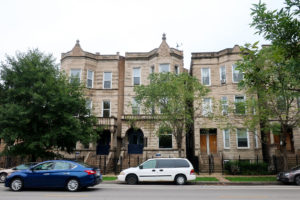
Consider Its Positioning
Wide boulevards, long blocks and the remnants of concentrated industrial development all speak to the neighborhood’s history as a thriving manufacturing and residential center. Situated a mere three miles from Chicago’s loop, North Lawndale also enjoys easy access to the Illinois Medical District, the University of Illinois at Chicago campus and a host of highly-regarded charter schools. These professional and educational resources speak to North Lawndale’s potential for restoring itself as a community-driven neighborhood, while sparking conversation as a desirable location for both residential and commercial investment.

